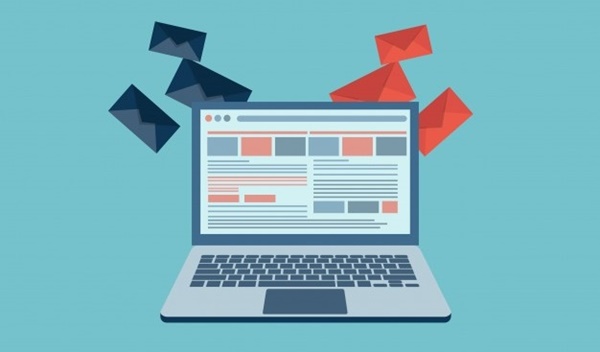
While present-day technology allows us to stay in the loop and respond promptly to any urgent issues beyond our regular work hours, it can also often feel intrusive in our free time.
Back in the “caveman days”, before email and instant messaging, workers had a clear dividing line between work and non-work hours, and it began pretty much the moment you left your workplace. Sure, you could still find ways to reach your colleagues beyond their work hours, whether through a landline or a good old knock on the door, but it was generally considered poor etiquette and you would need a pretty good reason for it.
24-hour work cycle
The technological advancements of the past two decades have significantly blurred this line. To a large part of today’s workforce, the workday does not end the moment they leave office but instead continues with each email they receive in their theoretical free time.

After work communication is sometimes necessary. Life does not bend to the 9 to 5 work cycle, and important things will often happen outside of that time frame. But, ask yourself, what percentage of your after-work correspondence is reserved for pressing matters that truly can’t wait until tomorrow?
While some companies have gone to great lengths to prevent work seeping into their employees’ free time, countless others take much greater liberties with their employees’ time away from work. According to a 2014 Gallup survey, workers who often receive and check their work email log about 10 additional work hours a week working out of the office. Recently, we have seen a number of countries attempt to regulate this gray area of work hours.
Right to Disconnect
Most recently, the New York City Council has proposed a “Right to Disconnect” bill that would prevent private companies from requiring their workers to respond to after-work correspondence. Under the proposed bill, the companies would be fined a minimum of $250 for each individual breach of this rule. Understandably, the proposed bill has opened a fiery debate on the rights and limitations the companies have over their employees’ free time.
It remains to be seen whether these regulations are effective in practice, but the very fact that more and more people and institutions recognize this as a problem is in itself quite telling. And while there’s no denying that instant availability can be beneficial both for the employer and the employee, it presents a thin line between getting work done and invading privacy. Achieving an optimum balance is becoming increasingly important for the overall health of the modern-day workplace.

Conquering the email behemoth
Even if we put any attempts at regulation aside, it is becoming obvious that companies need to recognize and address this issue. Ultimately, it is down to each company to define their policies and their overall culture, including the expectations they place on their employees outside of the office. It is also down to employees to communicate their expectations and set their own boundaries, but it is a slippery slope and it is easy to imagine how such situations can cause workplace friction. Therefore, it is no surprise that more and more companies are seeking and implementing alternatives to email.
The most common and effective solution would be to simply unburden your email from everyday work communication by moving it elsewhere. Nowadays, companies have a number of solutions at their disposal, such as task management tools, internal company blogs, and centralized communication apps. This allows them an effective communication process while unclogging the email inbox from an overflow of routine work correspondence. Furthermore, for those of you who actually enjoy staying connected to work after work hours, it allows you to remain in the loop and conduct your business at all times while keeping everything within the frame of a specific work-related medium that does not impose on one’s privacy the way email does.
Most importantly, moving away from the email can eventually create new communication habits that would allow everyone to spend their free time the way they want, whether working or not.

Conclusion
For most of us, email communication has become an essential part of our life, both professionally and personally. However, it is undeniable that it has significantly blurred the line between our work time and our off time. Email is quick and convenient, and quite impersonal compared to a phone call or a face-to-face conversation - and thus a smaller intrusion on one’s privacy. People are creatures of habit, and sending emails at any hour has almost become a reflex. Adopting and accepting new means of business communication can potentially create a healthier work environment and set natural boundaries between work and leisure.
It still won’t save you from bad April Fools’ Day jokes, but it is a step in the right direction.
